Behind the Scenes: The Eight Critical Pillars of Premium Fish Feed Production
The global aquaculture industry, now supplying over half of the world’s seafood, relies on a seemingly simple product: the fish feed pellet. Yet, what appears simple is in fact a marvel of modern nutritional science and precision engineering. The difference between a standard ration and a premium, high-performance feed lies in the meticulous attention to detail throughout the manufacturing process. From the sourcing of raw materials to the final bagging,fish pellet machine every step holds potential pitfalls that can compromise feed quality, animal health, and farm profitability.
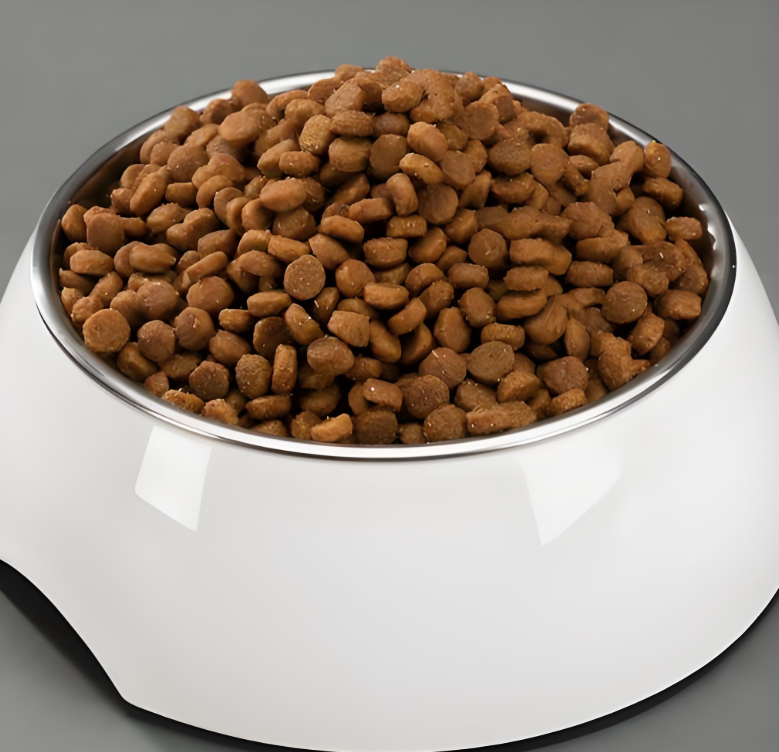
This article pulls back the curtain on the fish feed production process, revealing eight critical points that manufacturers must master to ensure consistency, efficiency, fish pellet machine and superior performance. Understanding these elements is key for farmers selecting a feed partner and for appreciating the complexity behind this vital industry.
1. The Integrity of Raw Materials: The Non-Negotiable Starting Point
The most sophisticated formulation is worthless if built upon poor-quality ingredients. The principle of “garbage in, garbage out” is starkly true in feed production.
- The Challenge: Raw materials are biological products, and their quality is inherently variable. A shipment of fishmeal may have optimal protein levels but be partially oxidized (rancid). Soybean meal can be contaminated with mycotoxins from fungal growth during storage. The nutritional profile of plant-based ingredients can vary based on crop year and processing method.
- Industry Insight: Top-tier manufacturers operate robust incoming quality control (QC) labs. Every single delivery is subjected to a battery of tests before being approved for use. This goes beyond a simple visual inspection.
- Near-Infrared (NIR) Spectroscopy: Used for rapid, non-destructive analysis of moisture, protein, fat, and ash.
- Wet Chemistry: For definitive analysis, including Peroxide Value (PV) and Anisidine Value (AV) to detect primary and secondary oxidation in oils—a key indicator of rancidity.
- Microbiological and Mycotoxin Screening: Ensuring the feed is free from pathogens like Salmonellen and harmful fungal toxins.
- The Critical Point: Establishing and enforcing strict raw material specifications is the first and most crucial line of defense. Compromising on ingredient quality to save cost is a false economy that leads to poor growth, health issues, and a damaged reputation.
2. The Pursuit of Homogeneity: The Art and Science of Mixing
If the feed is not uniformly mixed, the fish in the same pond will receive drastically different nutritional levels, leading to uneven growth and potential nutrient deficiencies.
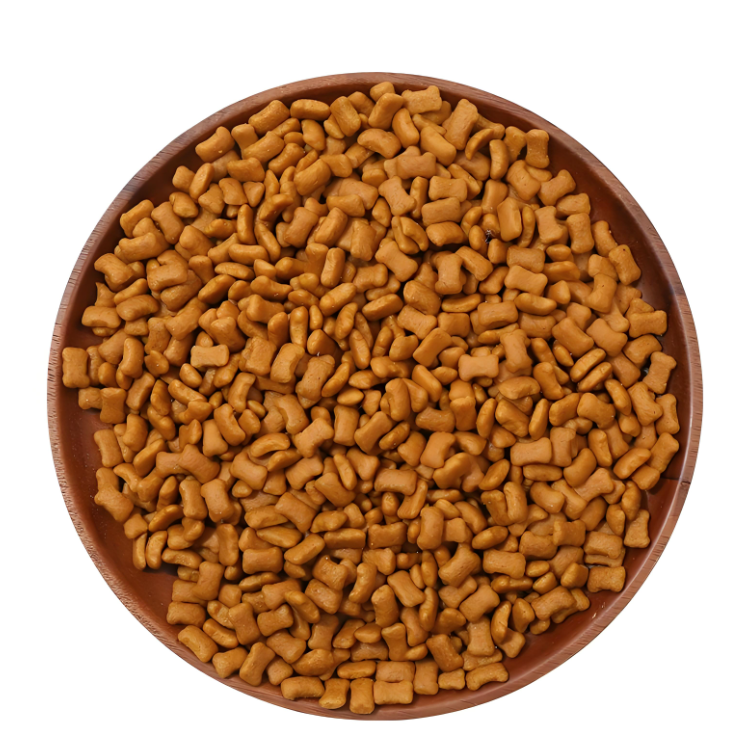
- The Challenge: To evenly distribute a few kilograms of a vitamin and mineral premix into several tons of other ingredients. Achieving a Coefficient of Variation (CV)—a statistical measure of mix uniformity—of less than 5-7% is the industry benchmark for excellence. Under-mixing leaves “hot spots” of concentrated additives, while over-mixing can cause particle segregation due to differences in density.
- Industry Insight: The choice of mixer is critical. High-speed, double-shaft paddle mixers are often preferred for their short, efficient mixing cycles. The mixing time for each recipe is pre-determined and rigorously adhered to. Furthermore, the particle size of all ingredients must be similarly fine (achieved through proper grinding) to prevent larger particles from segregating from smaller ones.
- The Critical Point: Regular testing of mix uniformity, often using salt or another tracer, is mandatory. Homogeneity is not a suggestion; it is a prerequisite for delivering on the promised nutritional guarantee printed on every feed bag.
3. Thermal Processing: Mastering the Conditioning and Expansion Phase
This is where the physical and nutritional properties of the feed are largely determined. fish pellet machineThe application of heat, moisture, and pressure must be precisely controlled.
- The Challenge: The goal is to cook the starches (gelatinization) to improve digestibility and create a natural binding effect, without destroying heat-sensitive nutrients like certain vitamins and enzymes. Inadequate conditioning leads to poor pellet durability and reduced digestibility. Over-conditioning can damage proteins and destroy additives.
- Industry Insight: Modern lines often use a two-stage conditioning system. A primary conditioner introduces steam to hydrate the mash, while a secondary conditioner or “expander” subjects it to higher pressure and temperature for a longer retention time. This “super-conditioning” ensures near-complete starch gelatinization, which is vital for producing water-stable pellets for species like shrimp. The exact temperature, moisture, and retention time are recipe-specific and closely guarded secrets.
- The Critical Point: There is no one-size-fits-all thermal profile. The parameters must be optimized for each formula based on its starch content, protein sources, and the desired physical properties of the final pellet (sinking vs. floating).
4. The Pelleting Heart: Extrusion Technology and Precision
The extruder is the centerpiece of a modern feed mill, where the conditioned mash is transformed into its final shape. The control here defines the pellet’s density, texture, and durability.
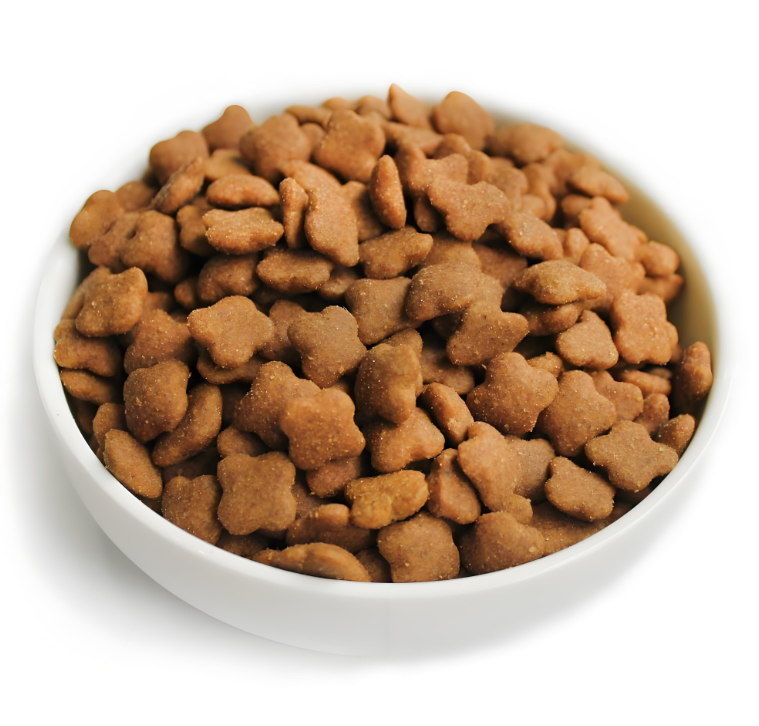
- The Challenge: Extrusion is a balance of mechanical energy, pressure, and temperature. The operator must control the Specific Mechanical Energy (SME) input, which directly influences starch gelatinization and pellet expansion. An incorrect SME will produce a pellet that is either too hard and dense or too soft and porous.
- Industry Insight: Twin-screw extruders offer superior control and flexibility compared to single-screw models. They can handle a wider range of recipes, including those with high fat or moisture content. The configuration of the screws inside the barrel, the design of the die plate, and the speed of the rotary cutter are all adjustable variables that are fine-tuned for each production run.
- The Critical Point: Achieving the correct pellet density for the target species—whether a fast-sinking shrimp pellet or a highly-expanded floating tilapia feed—is an art form. It requires experienced operators who can interpret the data from the extruder (barrel temperatures, die pressure, motor load) and make real-time adjustments.
5. The Drying and Cooling Conundrum: A Delicate Balance
The pellets exiting the extruder are soft, hot, and contain 25-30% moisture. They must be dried and cooled to a stable 8-10% moisture for storage.fish pellet machine
- The Challenge: Drying must be gradual and uniform. If the outside of the pellet dries too quickly, it forms a hard crust that traps moisture inside—a phenomenon known as “case-hardening.” This trapped moisture leads to mold growth and spoilage during storage. Conversely, under-drying also promotes microbial growth.
- Industry Insight: Multi-pass dryers are the industry standard. Pellets move on conveyor belts while hot air is forced through the bed. The temperature and airflow are carefully controlled in different zones to ensure gentle, uniform drying. Cooling is equally important; hot pellets bagged directly will “sweat,” creating condensation that ruins the entire bag.
- The Critical Point: The drying and cooling process is not just about removing water; it’s about preserving the pellet’s structural integrity and ensuring shelf stability. Inadequate process control at this stage can nullify all the careful work done upstream.
6. The Liquid Coating Precision: Protecting Sensitive Nutrients and Boosting Energy
The high heat of extrusion would destroy many essential additives. Therefore, the majority of fats, vitamins, pigments, and health supplements are added after the drying and cooling stages.
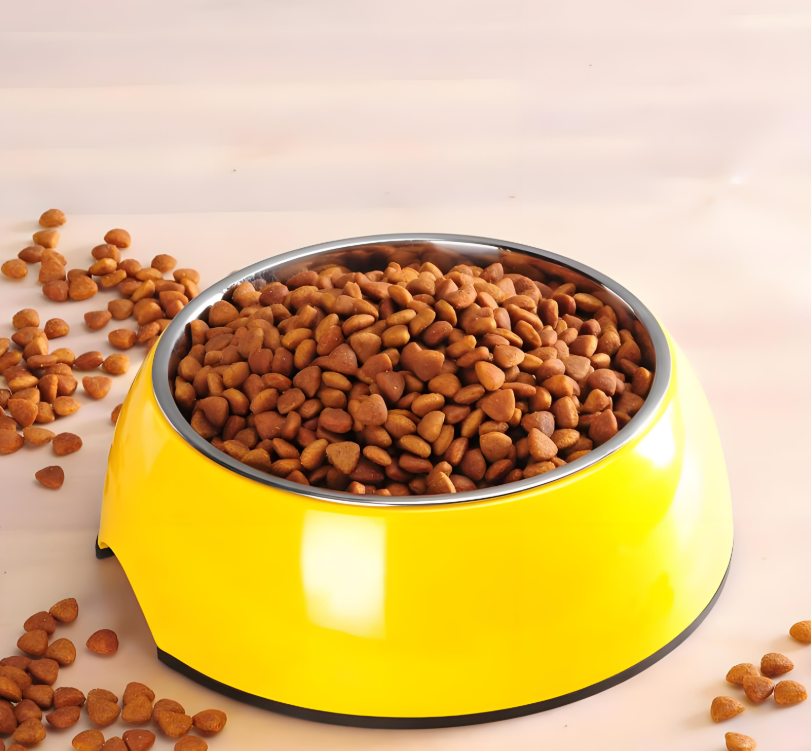
- The Challenge: To apply a precise amount of liquid coating uniformly across all pellets. Uneven coating means some pellets are energy-dense while others are not. Furthermore, if the oil is not properly absorbed, it can leak out, creating rancidity issues, dust problems, and nutrient loss.
- Industry Insight: For standard feeds, a simple rotating drum coater is used. For high-performance feeds with fat levels exceeding 25%, Vacuum Coating is the gold standard. The pellets are placed in a sealed drum, and a vacuum is drawn. This pulls the air from the pores of the pellets. When the liquid fat is introduced, the release of the vacuum forces the oil deep into the pellet’s core, resulting in superior absorption, less leakage, and a more homogeneous product.
- The Critical Point: The timing and technology of liquid application are critical for delivering high-energy diets and protecting expensive, heat-sensitive functional ingredients like probiotics and certain vitamins.
7. The Unseen Enemy: Managing Dust and Fines
Dust, or “fines,” represents a direct loss of product and nutritional value. It can also pose health risks to workers (respiratory issues) and explosion hazards in the mill.
- The Challenge: Fines are created throughout the process: from the grinding stage, from pellet breakage during handling, and from the screening process. fish pellet machineThey are a sign of poor pellet durability or rough handling.
- Industry Insight: A comprehensive dust collection system, typically a central baghouse filter with ducting connected to all major dust generation points, is essential. Furthermore, minimizing drop heights for pellets, using gentle conveyors like bucket elevators and belt conveyors (instead of pneumatic systems for finished feed), and operating a highly efficient screening system to remove fines before bagging are all standard practices.
- The Critical Point: The level of fines in the final bag is a key quality indicator. A high percentage indicates poor manufacturing practices or a suboptimal formulation, leading to wasted feed and polluted water.
8. The Final Gateway: Rigorous Final Product Quality Control
Quality control does not end once the feed is produced. The final product must be verified against a stringent set of specifications before it leaves the mill.
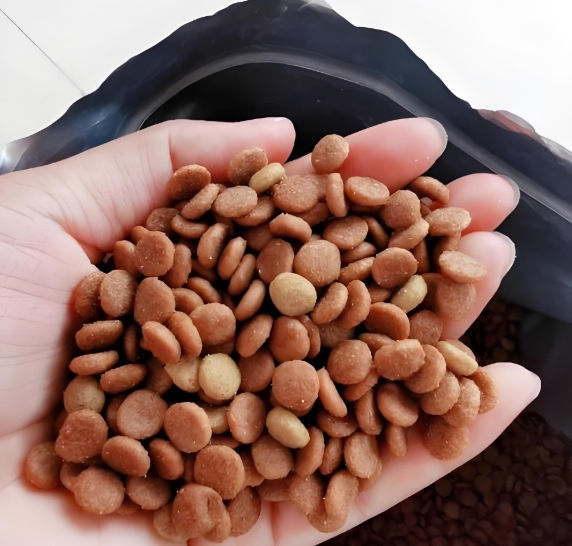
- The Challenge: To ensure that the finished feed delivers on its nutritional promise and possesses the required physical properties for the farm.
- Industry Insight: A representative sample from every production batch is tested. The tests go beyond nutritional analysis (proximate analysis) to include:
- Pellet Durability Index (PDI): Measured using a tumbling box simulator, this test quantifies the pellet’s resistance to breakage during handling.
- Wasserstabilität: For shrimp feed, this test measures how long the pellet maintains its integrity in water without disintegrating.
- Sinking Velocity: For marine fish feeds, the rate of sink is critical to match the feeding behavior of the species.
- The Critical Point: This final verification step is the manufacturer’s last chance to catch any deviation from the standard. It is the ultimate assurance of quality and consistency for the customer. A mill that cuts corners in final QC is gambling with its credibility and the farmer’s stock.
Producing high-quality fish feed is not a single action but a continuous process of controlled steps, each one interdependent on the others.
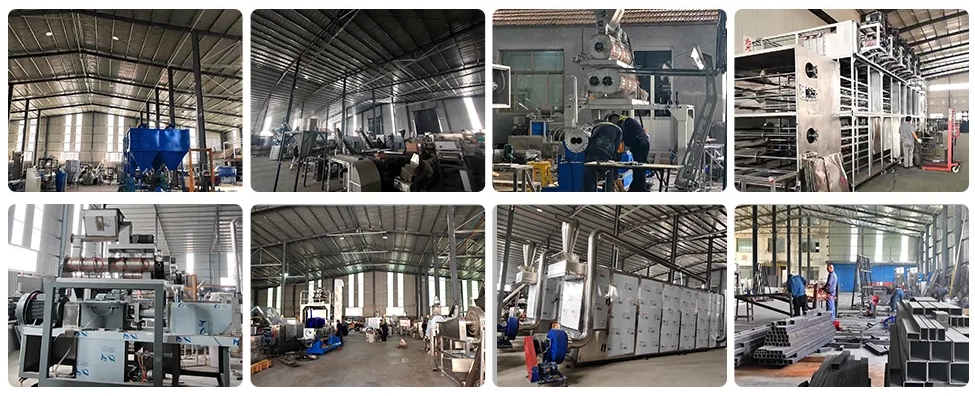
It is a symphony where nutrition, engineering, and quality control must play in perfect harmony. Attention to these eight critical points—from the purity of the initial ingredients to the validated quality of the final pellet—is what separates a truly exceptional feed from a mere commodity. For the aquaculture farmer, understanding these intricacies is the first step in forming a successful partnership with a feed supplier and, fish pellet machineultimately, in achieving sustainable and profitable production.







